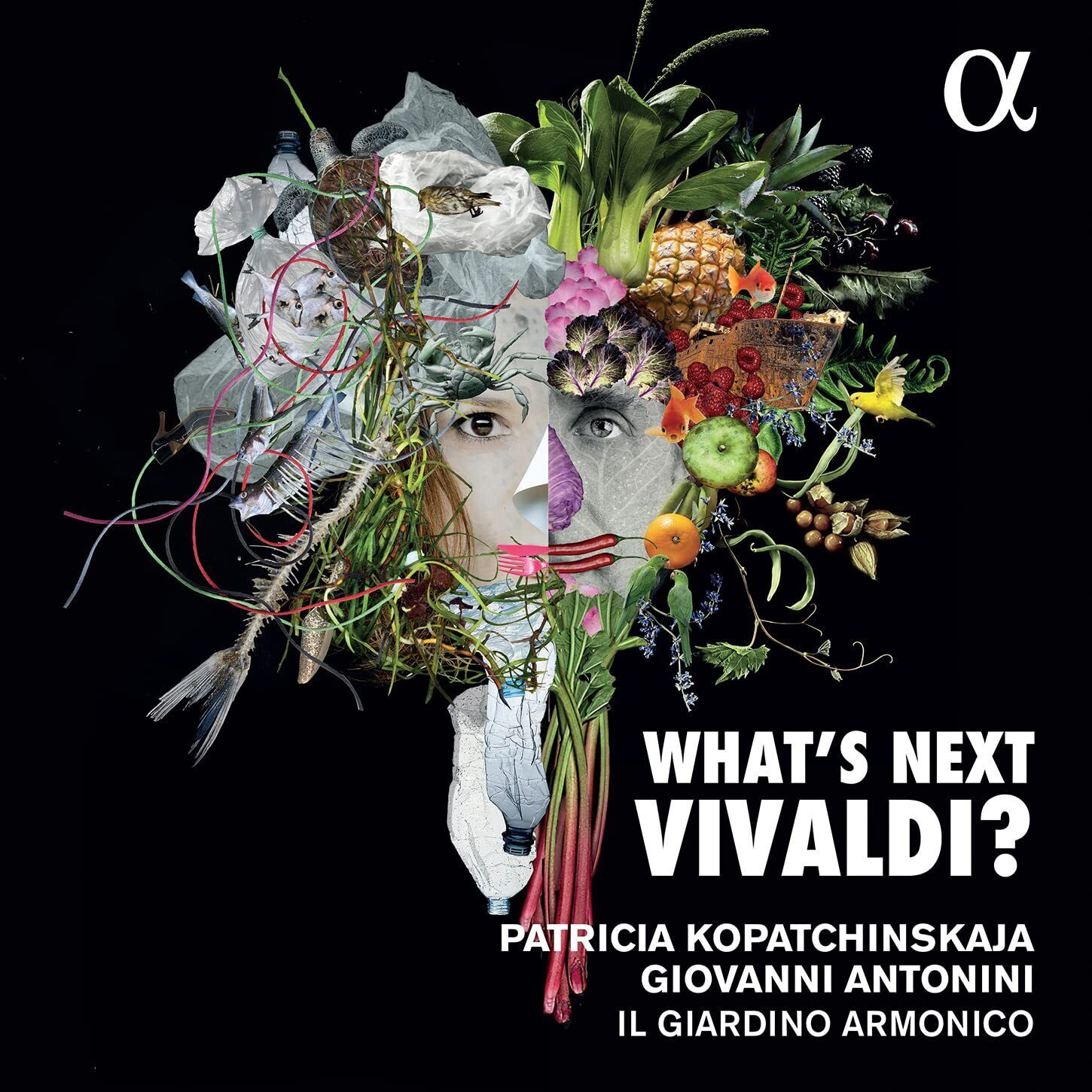IDAGIO:
https://app.idagio.com/albums/whats-next-vivaldi?utm_source=pcl
Qobuz:
https://open.qobuz.com/album/flmoeujdpmh3a
This album is astonishing for at least two reasons. First, Patricia Kopatchinskaja’s violin and its accompanying strings are outrageously fast and splendidly choppy from the get-go, with ‘Concerto in mi bemolle maggiore RV 253 "La Tempesta di Mare", per violino, archi e b.c.’ Second, there is a wildness in the arrangements and performances, both vocal and string, that I would not expect with the Vivaldi name. And that is where the something-extra comes in: compositions by contemporary Italian composers. After the first several tracks, things calm down for a bit, but the flourish with which the album opens is terrific and surprising.
I began playing in an early music ensemble a few months ago, picking the guitar back up to do so. I’ve been part of the basso continuo, and there are violins and recorders, plus a harpsichord that is played by a professional. We have three college faculty members, one on baroque violin and viola, one on recorder, and one on a guitar. We occasionally have the pleasure of a viola da gamba player. I’m learning tenor viol as part of a viol quartet, and, though the holiday season and the absence of half of our quartet for a couple of months have slowed things down, I have managed to make a bit of progress. I attend an online group not generally associated with music, and it’s going to have an open mike at the end of the year, so I’m learning a Fernando Sor piece on guitar for that. I’ve been back into music, in short!
Playing with the ensembles has led me to get more interested in early music and in classical music generally. Having spend years listening almost entirely to jazz, I had, as I’m sure many people do, assumed that I knew more about classical music than I did. I had thought that pieces were played in almost identical ways every time, by every performer. I have to admit that I have found that is not true! And besides, there is a lot of contemporary classical music that goes far beyond the limits within which I had casually assumed classical music was allowed to roam.
It is from that perspective that I approached What’s Next, Vivaldi?. And it is from that perspective that I was summarily dislodged. Vivaldi’s most popular suite, the Four Seasons, had dominated my thinking about his work, and that is when I would think about it (not often). The pieces on this album are more interesting, perhaps simply because they have not been overplayed for me, as the Four Seasons suite has been.
Listening closely to performances of early music, and watching concerts that include viols, theorbos, percussion, Baroque guitars, and violoncellos, has awakened a sensitivity in my ear, that listens for these instruments in period music. For example, here is such a concert, led by the great Jordi Savall on tenor viol (it needs to be opened in a new tab or window):
Seeing the instruments played allowed me to tie their sounds to their presence in a way that I had been unable to do. And this album intersperses works by contemporary Italian composers, as seems to be the fashion with many newer classical albums, such as Brad Mehldau’s albums of Bach and Fauré, and Alice Sara Ott’s Echoes of Life (Chopin preludes interspersed with Schlimé, Ligeti, et al.) (IDAGIO).
One of my favorite aspects of What’s Next, Vivaldi?, is that the harpsichord does not overpower the theorbo or lute. It remains in the background and may be the most difficult instrument to make out in the mix. As someone whose playing has been drowned out by a nearby harpsichord, I appreciate that aspect of the recording! In conclusion, the contemporary pieces are interesting, though I gave them short shrift here. Kopatchinskaja’s violin is coruscating on the Vivaldi pieces. And while this music is wonderful, let us remember the original meaning of “short shrift,” according to Merriam-Webster, which was “barely adequate time for confession before execution.” So, it is not so much because of the time he lived in, but despite the time he lived in, that Vivaldi composed this beautiful music.





